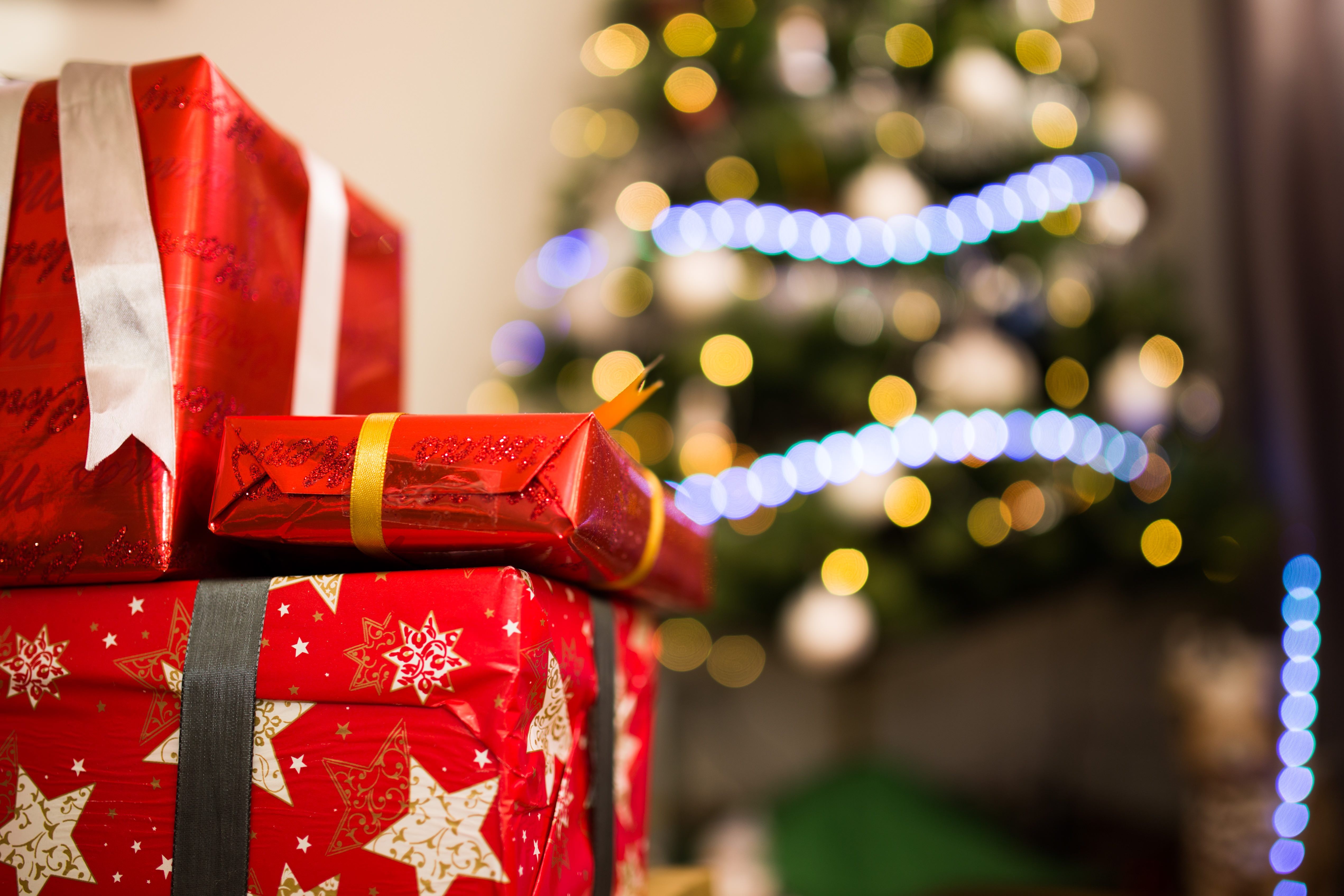
The holiday season in North America is one of the best times for performance marketers to capitalize on. In 2015, U.S. consumers spent $4.45 billion online on Black Friday (the day following Thanksgiving), and then dropped an additional $3 billion on Cyber Monday (the Monday following Thanksgiving). Even Christmas Day, typically a slow day for retail sales, is seeing double-digit increases in sales each year, thanks to the rise of online shopping.
If you are a performance marketer, you don’t have to celebrate Thanksgiving, Christmas, Black Friday, or Cyber Monday to earn big this season. You also don’t have to wait another 365 days to make that revenue again. We live in a big connected world that has a number of busy online shopping periods. If you are positioned right, you can cash in on them all.
In this blog post, let’s take a look at Black Friday in growing consumer markets outside of North America, as well as other popular global holidays that are opportunities for performance marketers.
[bctt tweet=”Performance marketers: #BlackFriday and #CyberMonday are huge in the U.K, Brazil & India. ” username=”tune”]Black Friday and Cyber Monday
United Kingdom (UK)
While the United Kingdom does not observe Thanksgiving (for obvious reasons, thanks pilgrims!) the UK has embraced Black Friday. In November 2015, Black Friday was the UK’s biggest day for online retail shopping ever, generating about 1.1 billion pounds (or $1.64 billion) in online sales — a 36% increase over the previous year. Cyber Monday was also big in the UK; in 2015, consumers spent nearly 970 million pounds (or $1.45 billion) — a 34% increase from 2014 sales.
Takeaway: The rapid growth of online purchases in the UK is an indicator that there are still plenty of opportunity for performance marketers to attract all consumers outside of the Americas on Black Friday and Cyber Monday.
Brazil
Despite an ongoing recession, Black Friday is growing in popularity in Brazil. In 2015, Black Friday sales in Brazil grew 38%, while Cyber Monday sales went up by 56%. Altogether, Black Friday and Cyber Monday sales surpassed $850 million in 2015.
Takeaway: As Brazilians like to make impulse purchases (who doesn’t) and experiment with different mobile apps, they would be drawn to special last-minute deals and offers.
India
E-commerce in India is expected to grow to $28 billion in sales by 2020. This is largely because a growing middle class is demanding access to products that local merchants can’t provide.
Black Friday has started to gain traction in India due in part to eBay India offering Black Friday deals a week before the actual day. Indian consumers can buy across a wide range of product categories, including electronics, fashion, and lifestyle.
Takeaway: India is mobile first and thus Indians use their phones to make purchases. That tendency, along with the significant discounts (45% and more) for international products, could be enticing enough to convince Indian consumers to take part in a relatively new shopping holiday.
Singles Day
China has its own version of Black Friday in November. It’s called Singles Day, and it occurs every November 11. The geniuses at Alibaba took a page out of Hallmark’s book and came up with a holiday day where, if you’re single, you buy yourself a gift. (Insert joke here…)
Singles Day 2015 sales generated $17.8 billion for retailers on the Chinese online marketplace, Alibaba. In 2016, it’s estimated that Alibaba sold $1 billion worth of merchandise in under five minutes—deals offered by Apple, Nike, and Siemens were among the top sellers. Local Chinese brands that also performed well included Meizu, a smartphone company, as well as Haier and Midea, two appliance manufacturers.
Takeaway: As TUNE noted, many Chinese consumers are interested in cross-border e-commerce. They’re searching for foreign products, from infant formula to designer bags. In fact, a McKinsey report found that China accounted for about 20% of global luxury sales in 2015. This means luxury goods are an effective product to focus on during Singles Day.
Diwali
In India, October marks the beginning of Diwali, the festival of lights. Diwali is one of the largest holidays celebrated in India, and, just like Christmas, is a time to spend money on gifts.
An Assocham survey determined that Diwali drives a sharp increase in e-commerce spending in India each year — online shopping may increase by 350% as Indian consumers choose to browse e-commerce stores in order to avoid mall crowds. In larger cities with broadband Internet connectivity, they’re turning to online retailer giants Flipkart and eBay to shop during Diwali.
Takeaway: Performance marketers should consider partnering with major Indian e-commerce companies like Flipkart, Amazon, and Ebay when targeting consumers during Diwali.
Christmas and Boxing Day
Unlike the United States, where December 25 has only recently become a popular day for online shopping, the UK has treated Christmas and Boxing Day as a major shopping holiday for years.
Online Christmas Day shopping in the UK increased by 21% in 2015. The surge is due to UK retailers announcing major Boxing Day deals a day earlier than normal. Traditionally in the UK, Boxing Day has been the time when retailers offer dramatic deals (more than 50% off) to customers. But thanks to the influence of America’s Black Friday, UK retailers are also focused on encouraging sales earlier in the season.
Takeaway: As with Black Friday, many UK consumers opt to do their Boxing Day shopping online.
Chinese New Year
Chinese New Year, which occurs sometime between late January to late February, is a popular gift-giving season in China. It’s notable in several other Asian countries like Taiwan and South Korea, which also celebrate Chinese New Year. In fact, Chinese New Year has become a global holiday that has reached North America as well.
The weeks leading up to Chinese New Year are a busy shopping time in greater Asia. As a large percentage of commerce moves online, performance marketers are well-positioned to cater to a large Asian market.
Takeaway: During Chinese New Year, many selling and shipping services shut down during the holiday itself, so it’s critical for marketers to start their campaigns well before the holiday starts.
What performance marketers should keep in mind
Online purchases continue to soar relative to those made at traditional brick-and-mortar stores. With consumers gaining more choice through the ability to search for deals anywhere online, performance marketers should focus on meeting this demand.
They should also pay attention to the global trend of offering deals in and around November. Black Friday is already becoming a popular shopping period in every market, and other international holidays taking place around the same time means performance marketers who start planning well in advance will be able to make the most of the holiday season.
To maximize the performance of your online and mobile campaigns, check out the HasOffers platform, which offers powerful real-time tracking capabilities.
Author
Becky is the Senior Content Marketing Manager at TUNE. Before TUNE, she led a variety of marketing and communications projects at San Francisco startups. Becky received her bachelor's degree in English from Wake Forest University. After living nearly a decade in San Francisco and Seattle, she has returned to her home of Charleston, SC, where you can find her enjoying the sun and salt water with her family.




Leave a Reply
You must be logged in to post a comment.